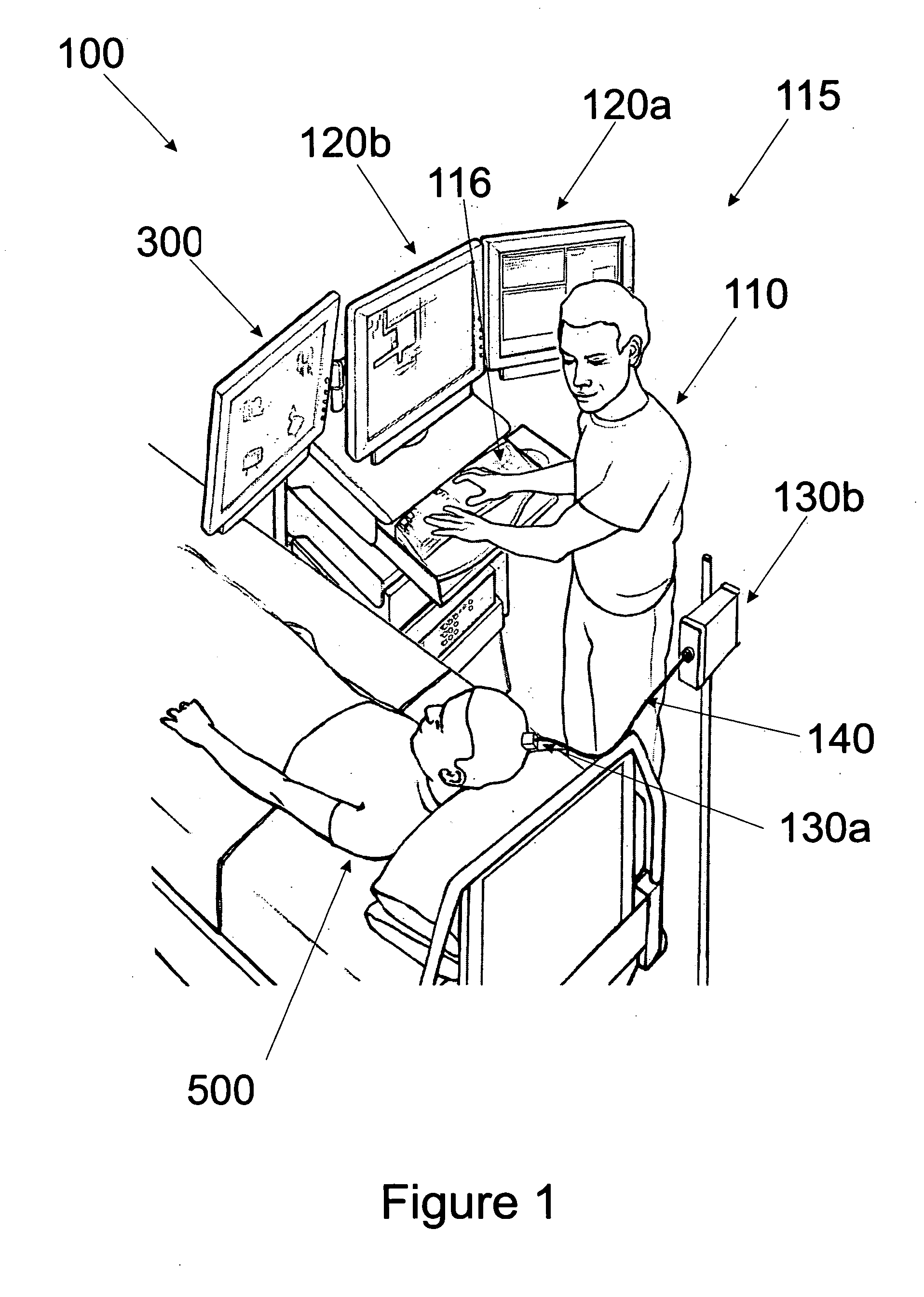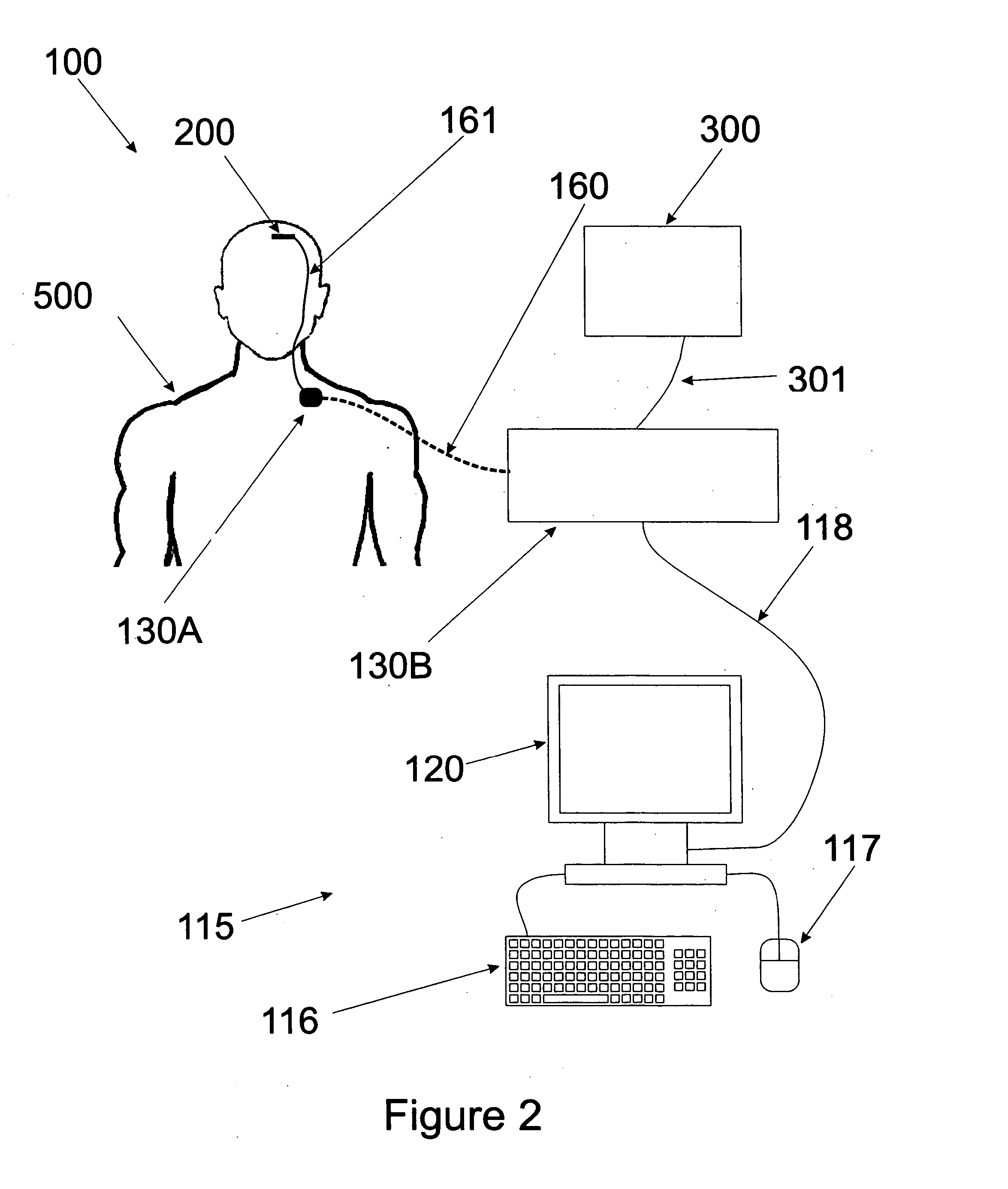Calibration systems and methods for neural interface devices
a neural interface and calibration system technology, applied in the field of neural interface device calibration systems and methods, can solve problems such as major problems, inability to identify and obtain stable electrical signals of adequate amplitude, and degradation of system performance, so as to prevent inadvertent or malicious changes in calibration that affect the accuracy of the calibration process, reduce the number of steps, and reduce the calibration duration
- Summary
- Abstract
- Description
- Claims
- Application Information
AI Technical Summary
Benefits of technology
Problems solved by technology
Method used
Image
Examples
Embodiment Construction
[0002] 1. Field of the Invention
[0003] The present invention relates to systems and methods for calibrating neural interface devices, and, more particularly, to calibration systems and methods for neural interface devices employing mufti-electrode sensors for detecting neuronal activity.
[0004] 2. Description of Related Art
[0005] Neural interface devices are currently under development for numerous applications involving restoration of lost function due to traumatic injury or neurological disease. Sensors, such as electrode arrays, implanted in the higher brain regions that control voluntary movement can be activated voluntarily to generate electrical signals that can be processed by a neural interface device to create a thought invoked control signal. Such control signals can be used to control numerous devices including computers and communication devices, external prostheses, such as an artificial arm or functional electrical stimulation of paralyzed muscles, as well as robots ...
PUM
 Login to View More
Login to View More Abstract
Description
Claims
Application Information
 Login to View More
Login to View More - R&D
- Intellectual Property
- Life Sciences
- Materials
- Tech Scout
- Unparalleled Data Quality
- Higher Quality Content
- 60% Fewer Hallucinations
Browse by: Latest US Patents, China's latest patents, Technical Efficacy Thesaurus, Application Domain, Technology Topic, Popular Technical Reports.
© 2025 PatSnap. All rights reserved.Legal|Privacy policy|Modern Slavery Act Transparency Statement|Sitemap|About US| Contact US: help@patsnap.com



